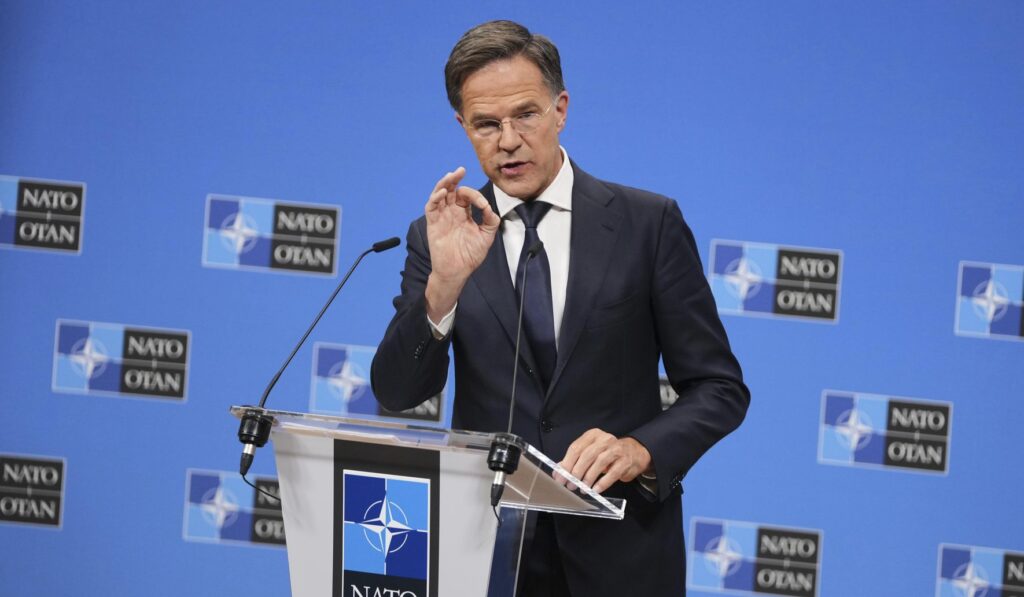NATO leaders are saying the supply squeeze on ammunition that worried strategists is easing, but the alliance still faces hard choices about industry capacity, burden sharing, and rapid replenishment if a bigger crisis unfolds.
Europe and the United States have pushed unprecedented shipments of rounds, missiles, and equipment into Eastern Europe over the last year, and that surge is changing the operational picture. Military planners now talk openly about rebuilding stockpiles that were depleted after years of lower-intensity operations. Policymakers are watching industry output and logistics as closely as diplomatic moves because firepower is what ultimately shapes deterrence on the ground.
At the center of this debate is a terse public claim: NATO Secretary-General Mark Rutte says the alliance has reversed its “ammo gap” with Russia. That sentence matters because it signals confidence, but a confident line from HQ does not erase brittle production chains. A single shipment or contract does not mean the industrial base can sustain a long war of attrition.
From a Republican angle, the right reaction is clear and muscular: keep pressure on Moscow while demanding European partners match words with budgets. The United States led early relief shipments, but allies must invest in domestic munitions plants and stockpile programs. Washington should condition ongoing support on demonstrable increases in allied production capacity and credible timelines for cruise and artillery rounds.
Rebuilding capacity means more than ordering cases of ammo; it means making the plants, modernizing tooling, and securing raw materials. That takes policy certainty and procurement reform so companies can hire, expand, and commit capital without being hamstrung by red tape. If NATO wants surge capacity in 12 to 24 months, governments need to act like it now, not wait for another escalation to test the system.
Logistics are the other half of the problem and too often the forgotten half of defense readiness. Rail, ports, and warehousing in Europe have absorbed a lot of strain, and the U.S. military has had to reroute shipments and accelerate deliveries. A resilient supply chain requires redundancy, prioritized transport corridors, and clearer rules for civilian firms that become defense contractors overnight.
Another uncomfortable truth is that ammunition is perishable in an industrial sense; factories that shut down are costly to restart. Machines idle, qualified technicians move to other industries, and permits vanish. That inertia is why a permanent expansion of the production base is smarter than a reactive surge model that leaves NATO scrambling the minute tensions spike.
Politically, this debate exposes who in Europe is carrying their share and who is not. Republicans generally support firm accountability for burden sharing and oppose open-ended assumptions that the U.S. will fill every shortfall. Allies who meet spending targets and invest in munitions capacity should receive streamlined support, while those who lag should face tougher questions about their commitments.
On procurement, NATO has to get creative and faster. Joint buying agreements, pooled stockpiles, and standardized calibers help reduce friction and waste. The alliance’s defense market must move from paper promises to executable contracts with firm delivery dates and penalties for failure.
Industry can and will respond when there is clarity and demand, but governments must remove obstacles. Fast-track permits, export licenses, and tax incentives for strategic investments will accelerate capacity building. Those policy levers are low-hanging fruit if leaders have the political will to use them urgently.
Finally, the message to Russia should be unambiguous: gains by attrition are not available to you. Strengthening deterrence means not just fielding more ammunition but demonstrating the industrial resilience to outlast coercion. NATO’s posture should mix credible defense preparations with the diplomatic clarity that keeps misunderstandings from widening into conflict.
Accepting the claim that the immediate shortfall is fixed is fine as a checkpoint, but it must not lull policymakers into complacency. Continued vigilance, smarter procurement, and real burden sharing will determine whether NATO can sustain deterrence over time.



